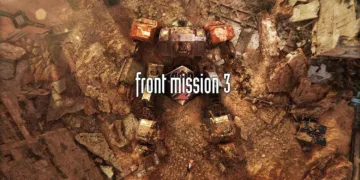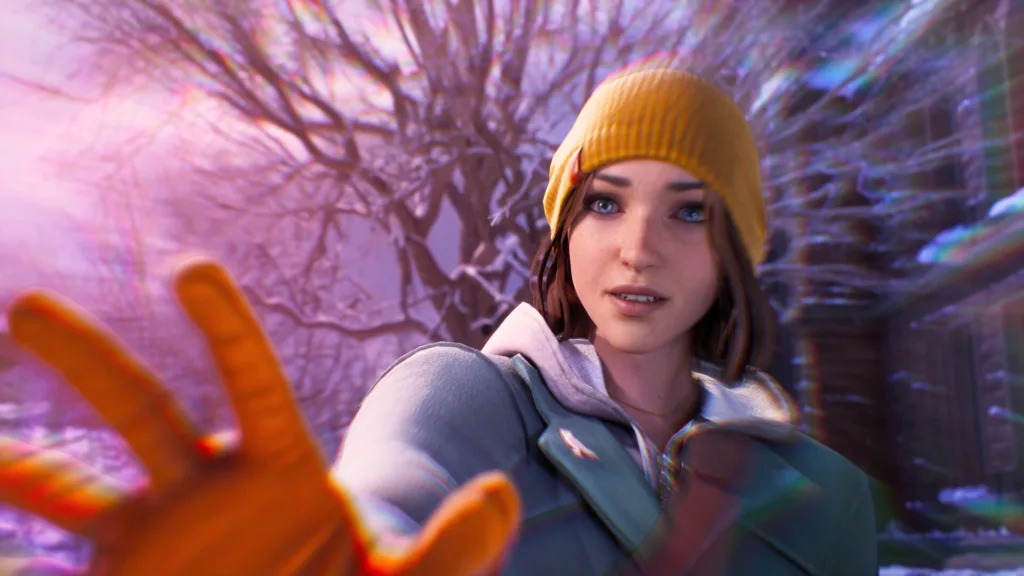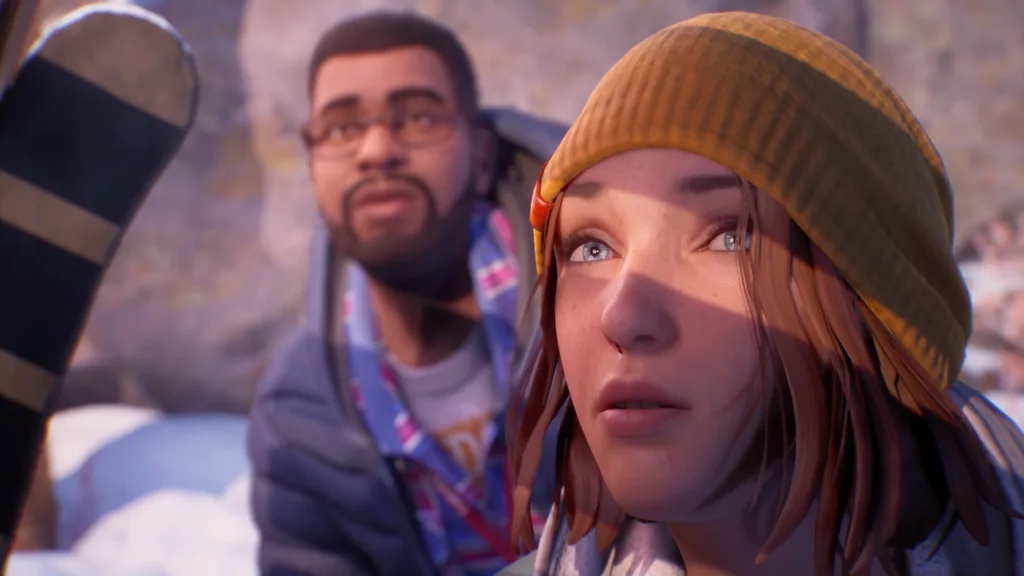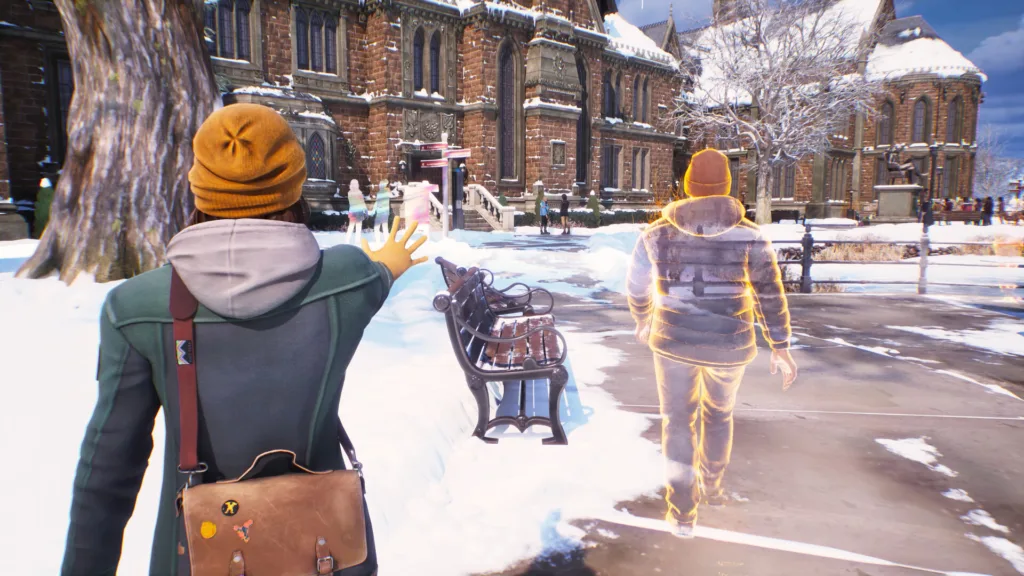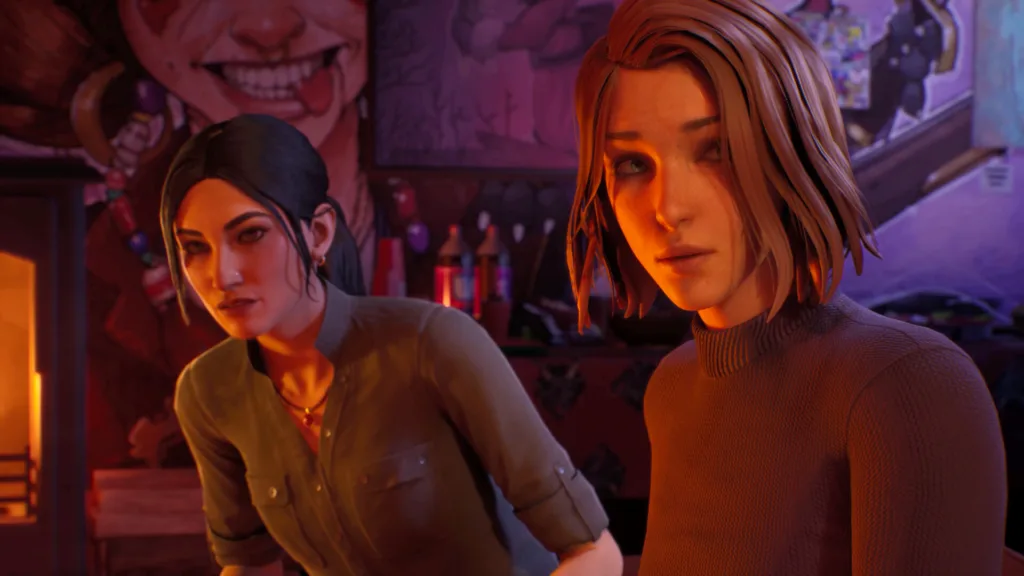Life is Strange is a series of games that have captured players’ attention with their touching looks at the extraordinary in everyday things. Ever since the debut of Max Caulfield’s time-bending abilities in the first game, the series has grappled with the immense consequences of possessing such power. Life is Strange: Double Exposure takes us back to Max’s world ten years later, as she deals with the challenges of adulthood and the effects of the choices she made in the past.
The popular main character from the first book comes back in Double Exposure. She is now a graduate student at Caledon University and is exploring the halls of the school. Max may have moved from the halls of her high school to the classrooms of a college campus, but her main problems and the weight of what she has been through are still with her. The game makes it clear right away that Max’s magical skills have changed. They used to be able to change time, but now they can also travel between different worlds. This change in the story is a good metaphor for Max’s own growth as she deals with the pain and hard choices that have made her who she is.
The game does a great job of balancing the addition of new tasks with Max’s past that lives on in Double Exposure. The game never shies away from showing how powerful being superhuman can be, whether it’s in the middle of a sad murder case or dealing with the effects of the terrible events in Arcadia Bay. In this way, it explores in an engaging way the complexities of personal growth, responsibility, and the huge effects that even the smallest decisions can have.
Narrative and Storytelling: Navigating the Complexities of Max’s Path
The Life is Strange series has shown over and over that the real power of a story lies in how deeply it explores its characters and their individual journeys. In Double Exposure, players guide Max Caulfield through the subsequent phase of her life, shaped by the consequences of her previous choices.
The game’s handling of Max’s life’s major choices from the first game is crucial. Instead of ignoring or glossing over how important those decisions were, Double Exposure skillfully weaves them into the story, letting players see how they have deeply affected Max’s relationships and view of the world. Max has been through a lot of mental pain and trauma, and the game never hides that. It gives her an honesty that hits home deeply.
New characters, each with their own complex pasts and goals, enter Max’s life as part of this character focus. These characters, from the mysterious Safi to the ethically questionable Vinh, bring Caledon University to life. They help Max grow as a person and keep the puzzle at the heart of the story going. The game does a great job of balancing Max’s new relationships with memories of her past, which keeps her journey grounded and easy to understand.
Double Exposure’s story unfolds on an alternate timeline, presenting a complex dilemma. On the one hand, the ability to switch between worlds gives players a sense of control and problem-solving, which enhances the story by requiring them to carefully consider how their choices will affect both times. But the game doesn’t always handle the emotional weight and meanings of this power well. Some parts of the story feel more powerful than others.
The structure and pace of Double Exposure are mostly good, but there are times when the story feels a little uneven, with some plot lines or character arcs not getting as much growth as others. Still, the story arc of the game is very interesting. It takes players on a trip that is both highly personal and thought-provoking because it looks at power, duty, and what it means to make a choice.
Character Development and Relationships: Navigating New Bonds and Lingering Ties
At the heart of Double Exposure’s story is the interesting change in Max Caulfield, who is the series’ main character. Max dealt with the ups and downs of the first Life is Strange and now faces adulthood. Her magical powers have changed along with her personal growth.
The game does a great job of showing how mature Max is by showing her as a young woman who is trying to make a new life for herself while dealing with the consequences of her past choices. Her conversations and inner thoughts are filled with a confidence and self-assuredness that weren’t as clear in her younger self. However, the game never lets her fully escape the trauma and guilt that have shaped her journey. The story delves deeply into Max’s character arc, balancing her personal growth with constant memories of her past.
One interesting thing about the game is how it handles Max’s relationships, especially how it treats her ex-girlfriend Chloe Price, which caused a lot of controversy. Some loyal fans may be upset that this fan-favorite character isn’t in the game, but the way it explores the details of their relationship and how it changes over time is a smart and compelling choice for the story. Max’s exchanges with new characters, like the mysterious Safi, give us a new and interesting way to look at the main character’s feelings.
The minor characters in Double Exposure are very important to Max’s story. They all have complicated pasts and goals. Characters like the strongly independent Safi and the ethically unclear Vinh make the story more interesting. They help Max grow as a person and solve the puzzle at the heart of the story. The way the game builds these relationships by letting them change naturally based on the player’s choices is one of its best features; it gives the interactions a real sense of depth and weight.
Finally, Double Exposure’s character arcs and relationships show how serious the game is about exploring the complicated human experience. Max’s journey is especially moving and easy to relate to.
Gameplay and Mechanics: Navigating the Shifting Realities of Caledon
The Shift ability, a new power that lets the main character, Max Caulfield, move between different worlds, is at the heart of Life is Strange: Double Exposure’s gameplay loop. This story-based feature builds on the time-bending powers that made the original game what it was, giving players a whole new set of tasks and challenges to solve.
The best thing about the Shift ability is that it lets players actively change the story by using the differences between the “living” and “dead” periods to find clues, get around problems, and change the paths of important characters. The integration of this feature into the general investigation and exploration-based gameplay is excellent. It forces players to think carefully about how their actions will affect both worlds.
Despite its benefits, the shift skill does present some challenges. The ability to jump between timelines makes solving problems more difficult, but it can also feel like it gets in the way of the story at times, making it hard to keep track of how things are going.
In addition to the shift ability, Double Exposure’s discovery and investigation parts give players a familiar sense of control. These parts let players explore and investigate Caledon University by making choices in conversation, interacting with their surroundings, and strategically fixing problems. These choices have real effects; the story and ties between characters change in important ways depending on what the player does.
The game’s features and controls work well most of the time, but there are times when they don’t work right, like when the audio mixing or camera placement takes away from the overall experience. But no matter what, Double Exposure’s gameplay is a good base for the game’s engaging story.
Visual and Audio Design: Crafting an Immersive Experience
The music and visual design of Life is Strange: Double Exposure go hand in hand with the story goals of the game, making for an engaging and captivating experience for players. The level of polish in the landscapes and character models is instantly noticeable. They model the grounds of Caledon University and the people who live there with the same care and attention to detail as in triple-A movies.
The game’s excellent use of color grading and dramatic camerawork makes the visuals even better. The clear tonal changes between the “living” and “dead” timelines make the different moods and atmospheres come across naturally. The camera frames and composes each moment with a dramatic flair that makes the story more emotionally powerful. Scenes flow into each other smoothly.
The game’s music and sound design are also very good, and they have a big impact on how the player feels. The music in the movie flows perfectly between sad, melancholy tones and happier, more upbeat tunes, reflecting how Max’s feelings change as he goes on his journey. The voice acting clearly aims to immerse players in the characters’ lives, achieving this with subtlety and realism.
There are some instances of slightly odd mixing in the audio design, with some speech or background sounds being too loud or muffled. Overall, the sound design is very good. Even so, these small problems don’t take away from the general greatness of the game’s visual and audio design, which work together to create a highly engaging and memorable experience.
Overall Impression and Legacy: Charting New Paths for the Life is Strange Franchise
Double Exposure, the latest game in the popular Life is Strange series, is a great addition that builds on the series’ main themes and storylines, while also exploring new and interesting ways to keep both new and old players interested.
The best things about the game are how carefully it explores the complicated nature of personal growth and how decisions made in the past can have long-lasting effects. When Double Exposure goes back to the life of the main character, Max Caulfield, it skillfully shows how she has changed over time, balancing the pain and guilt from her past with the growth and confidence that come with being an adult. By focusing on the characters and adding some interesting new supporting characters, this elevates the story and gives it a level of emotional impact that is truly engaging.
The story of the game is more than just the main character’s journey; it also deals with issues of power, duty, and how our actions can affect others. Players can move between different times by using the shift ability. This adds a new way to play and is also a powerful metaphor for the difficulties of making choices and the search for forgiveness. Despite the uneven application of this plot device, the game’s maturity in handling such complex ideas is evident.
Concerning how the game might affect the next games in the Life is Strange series, fans are sure to be interested in Double Exposure’s surprising finish and the story lines it leaves open. Max’s experiences and the new information about how her powers work give us intriguing hints about where the series might go in the future. They suggest that we may learn more about humanity and superpower duties.
Ultimately, Life is Strange: Double Exposure is a compelling addition to the series, skillfully balancing homage to the past with innovative, thought-provoking approaches. Players new to the series and veterans should play this game.
Experiencing the Continued Journey of Max Caulfield
Life is Strange: Double Exposure is an exciting addition to the well-known series, balancing the familiar with the new in a way that works very well. The best things about the game are that it always looks at the complicated nature of personal growth and how choices made in the past can affect people today. The main character’s journey is a moving example of this. While the Shift ability can slow things down sometimes, it adds a new element to the story that forces players to think about the consequences of their decisions in multiple alternative eras.
Even though the secondary characters and pace of the game can be weak at times, Double Exposure’s main story arc is very interesting. It tells a highly personal story that makes you think about power, responsibility, and forgiveness. Both longtime and new fans of the Life is Strange series will be interested in the game’s bold ending and what it means for the future of the series.
Overall, Life is Strange: Double Exposure is a must-play for anyone interested in the series’ long history. It continues Max’s trip in an interesting way that is sure to leave a lasting impression.
The Review
Life is Strange: Double Exposure
Life is Strange: Double Exposure is an interesting and well-thought-out addition to the well-known series. It does a great job of remembering the series' past while also taking the story in bold new ways. The main strengths of the game are Max Caulfield's interesting journey and its desire to deal with heavy themes like power, responsibility, and personal growth. The game does have some problems with pace, and its supporting cast isn't always very good. The Shift skill, enabling players to transition between various timelines, presents a complex dilemma. It sometimes makes the story and puzzles more interesting, but other times it messes up the flow of the experience. Still, Double Exposure's dedication to making a dramatic, character-driven experience and its excellent visual and audio design make the whole thing better. In the end, Life is Strange: Double Exposure is a must-play for series fans. It continues Max's story in an important way and will no doubt lead to conversations and guesses about the future of the franchise. The game is a fun way to get into the Life is Strange world because it combines interesting stories with a puzzle that keeps you guessing.
PROS
- Compelling and nuanced character development, especially in the portrayal of protagonist Max Caulfield
- Effective implementation of the Shift ability, which adds complexity to puzzle-solving and decision-making
- Visually polished with a cinematic presentation that enhances the emotional weight of the narrative
- Thought-provoking exploration of themes such as power, responsibility, and personal growth
- Resonates with both new and veteran players of the Life is Strange franchise
CONS
- Occasional pacing issues and uneven development of the supporting cast
- Shift ability can sometimes disrupt the narrative flow and player immersion
- Audio mixing problems, such as inconsistent volume levels and muffled dialogue
- Some narrative threads and character arcs feel underdeveloped or abruptly concluded































